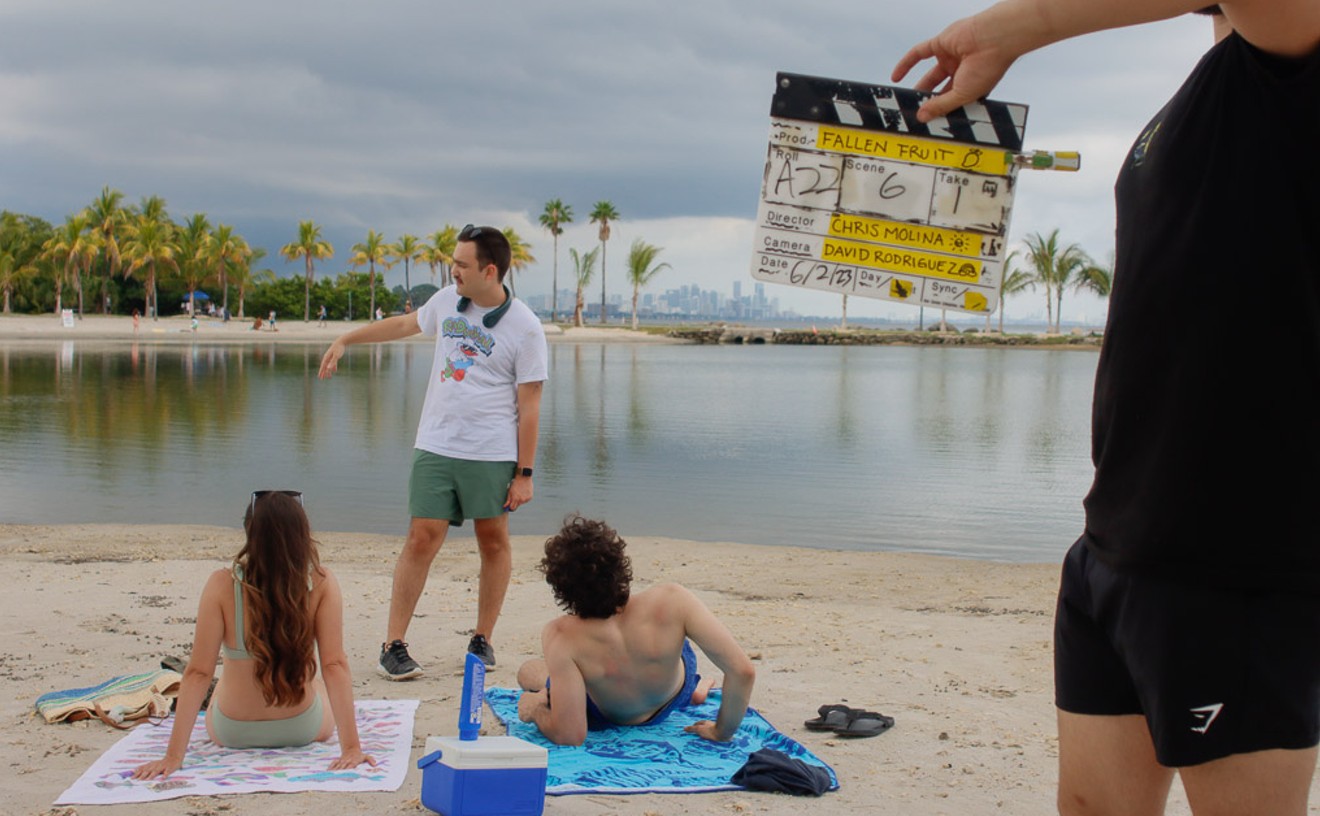During a visit to Easter Island a few years ago Daniel Arsham came upon a group of archeologists studying the colossal monolithic human figures called, Moai, that were carved from rock nearly 1,000 years ago by the Rapa Nui people.
"While researching the effect of acid rain on the statues, they discovered that a century earlier another group of archeologists had been digging at the same site and discovered objects they had left behind there," the artist recollects.
See also: Art Basel Miami Beach 2014 Fairs Guide
"I was struck by the idea of how the 100-year-old objects they found buried next to the much older sculptures conveyed this strange confluence of time and how they delicately treated all the objects the same," Arsham says. "When I returned home I made a camera out of volcanic ash. You can say this project started back in 2011," he adds.
Since then, 34 year-old Arsham has been on a tear casting thousands of symbols of 21st century everyday objects and technology into seemingly ancient relics created from primal geological media such as volcanic ash, obsidian and crystal.
The results are on view at Locust Projects in a major site-specific installation in which Arsham has turned the gallery into a massive excavation site crammed with the detritus of consumer culture.
For his project, "Welcome to the Future," Arsham had a hole measuring 25 feet in diameter and three feet deep cut into the main gallery floor and filled the sprawling cavity with close to 3,000 sculptural objects.
Unfortunately for one patron at the opening reception Saturday, November 15, appreciating the site from above wasn't enough. According to attendees, Justin Vallee of 2Square -- nomadic street artists who call Miami home most of the time -- just had to dive into Arsham's dig himself.
"A man who appeared inebriated stepped into Daniel's installation and was quickly escorted out of building," Locust Projects publicist Lisa Palley told New Times. "...Locust has, and will continue, bringing the public challenging art work and are proud of that mission."
Thankfully, Locust is not roping off Arsham's installation as a result. Inside the crater viewers will discover everything from boom boxes to payphones, film reels, cameras, car tires, steering wheels, crayon boxes, cameras, footballs, video game controls, keyboards, portable televisions, a Gibson guitar and even a Shell gas station sign.
As one glances down at Arsham's calcified sculptures -- smartly arranged in a color gradient with darker black shades at the perimeter that grow lighter in tone toward the center where the spectrum of his objects take on a bleached-bone shade -- they give the impression that you have stumbled upon the recently unearthed ruins of a civilization buried in time after a volcanic eruption.
The eerie sensation is amplified at the gallery's entrance where Arsham has placed a collection of concrete slabs -- reminiscent of ancient megalithic ruins -- torn up from the floor as part of his conceptual archaeological dig in the design District.
"We used lots of big tools to dig up the space," informs Arsham. "I wanted to convey a sense of an archaeological dig found 1,000 years from now."
For his labor-intensive installation Arsham created individual molds for each of the items, many of which have jagged edges and missing parts that add to the sense of time-worn erosion.
"This is not a trompe l'oeil effect. There is not a real guitar or camera inside the sculptures," he explains. "These objects were created using a very scientific and controlled process."
Arsham also has deep-rooted ties to the Locust space since it housed Placemaker, an artist-run space he co-founded and ran from 2003 to 2006, during a time when a new generation of emerging Miami artists where beginning to draw widespread attention.
In a way, his stellar exhibit not only marks the Magic City's growth as an art world player but is also a homecoming for Arsham, who never had the opportunity to exhibit in the space.
For our money, you can travel to any of the local museums hosting their "blockbuster" exhibits for Basel, or any of the satellite art fairs for that matter, and not discover an exhibit as arresting as Arsham's, which you can bank will be among the top offerings of season.
Follow Cultist on Facebook and Twitter @CultistMiami.










